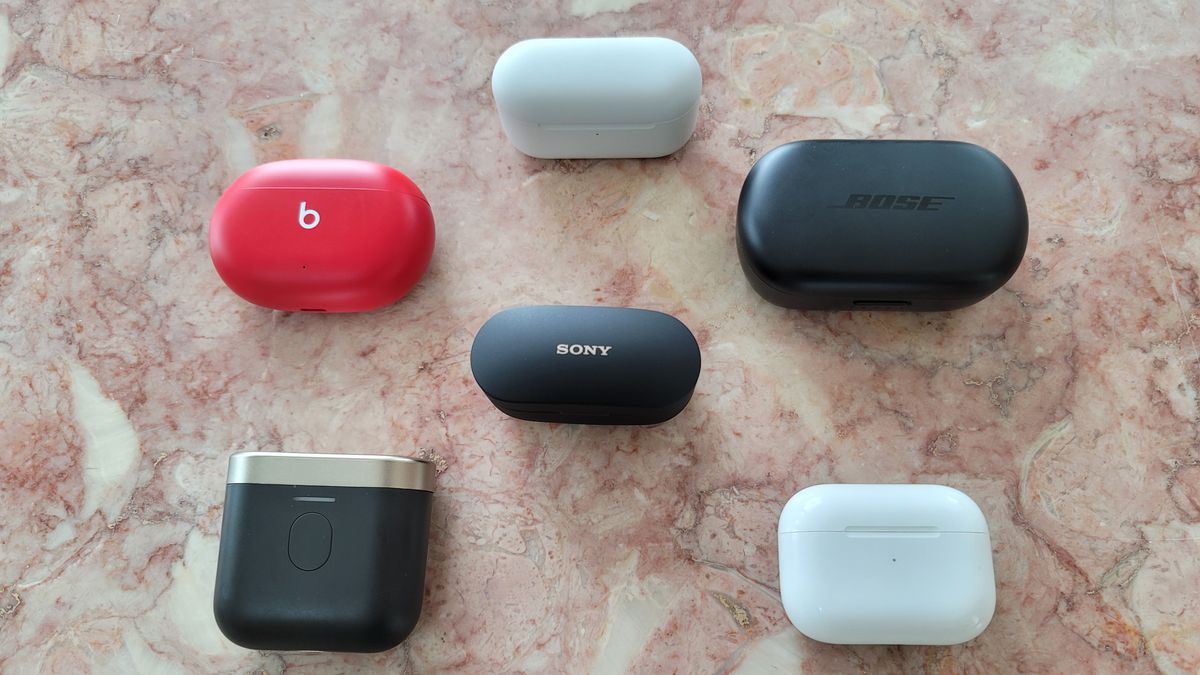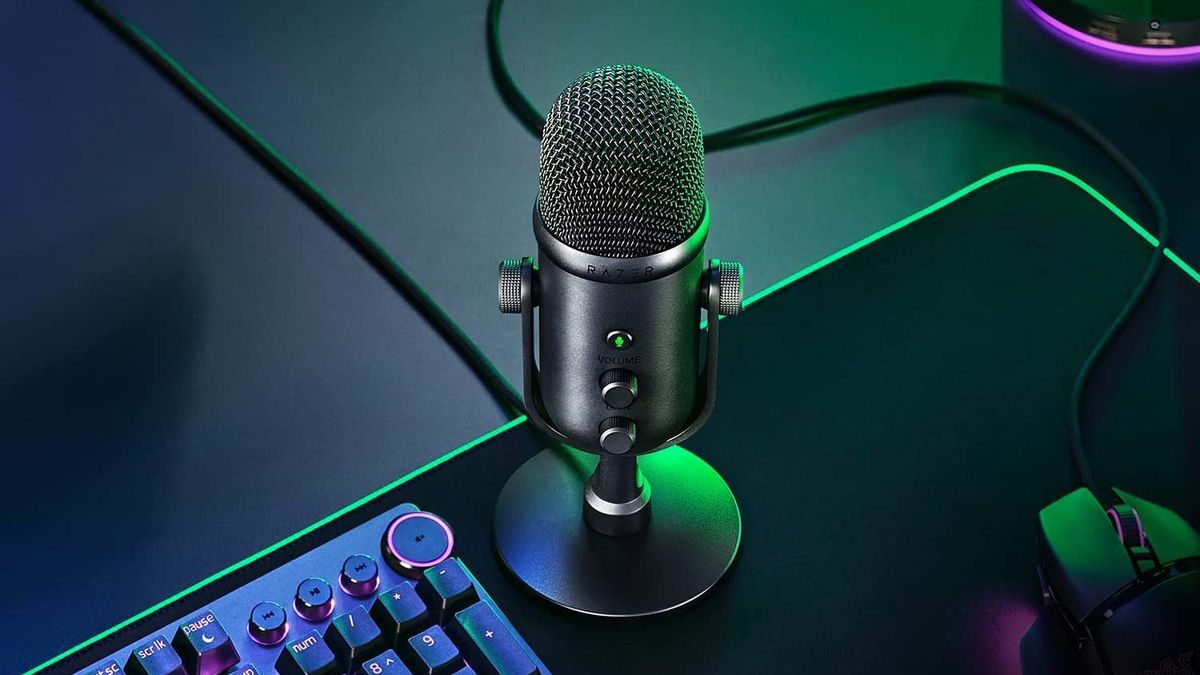The best wireless earbuds afford you many of the same perks that an elite pair of wired or wireless headphones would, maybe even more. They free you of cables, letting you consume music on the go without being physically tethered to your portable devices: smartphones, tablets, and laptops. Even better, they pack lots of performance – great sound, call quality, and special features – into a compact design.
As the category continues to grow in popularity, so does the demand for wireless earbuds, especially with modern smartphones slowly doing away with the headphone jack. Le sigh. Nonetheless, this hasn’t stopped tech staples like Sennheiser, Samsung, and even Apple from releasing stellar cordless buds. We’re also seeing other popular electronics brands such as Beats and Anker jump on the wireless earbuds’ bandwagon, releasing superior products that hold their own against the top dogs.
In compiling a list of the best wireless earbuds, we take many variables into account, from battery life to connectivity to design to sound. Other notable hallmarks such as mobile app support, setup, and special features are factored into the equation as well.
After testing the market’s top offerings, we’ve ranked the best wireless earbuds based on budget, performance, and style. Scroll down to see which ones best suit your listening needs.
What are the best wireless earbuds?
The Sony WF-1000XM4 currently stands as the best wireless earbuds. On top of excellent sound and noise cancellation, these buds pack an endless number of features to personalize performance. Battery life receives a generous boost for long-term listening on the go. Then there is the stylishly revamped design, which is a welcomed upgrade that looks striking and advertises a more stable fit. Responsive controls, Bluetooth 5.2, and wireless charging round out this beauty.
Coming in a close second on our best wireless earbuds list is the Apple AirPods Pro due to their enhanced fit, seamless iOS/MacOS functionality, and surprisingly good active noise cancellation. We’ve found these cordless danglers to be the ideal companion for all Apple devices. They also work with Android and Windows devices via Bluetooth, though the setup process can be a bit arduous. And if you want the premium features of the AirPods Pro at a cheaper price without the ANC, check out the AirPods 3.
In third place on our best wireless earbuds list is the Bose QuietComfort Earbuds, for their unbeatable noise cancellation and great sound. As mentioned in our review, Bose “managed to gather all of the winning qualities of its flagship headphones, shrink them down, and put them in a pair of truly wireless earbuds.” The design and control scheme are also major improvements from what was delivered on the company’s last truly wireless model, the SoundSport Free.
If money is no object, then we highly recommend putting the Bowers & Wilkins PI7 at the top of your wish list. Grade A sound combined with powerful noise cancellation and a striking design makes these buds splurge-worthy. The PI7 even has a cool feature that no other model has – its charging case doubles as a wireless adapter that can plug into an analog audio output and stream music in aptX. B&W’s companion app makes it simple to adjust ANC and ambient-listening levels as well.
Those on the hunt for inexpensive Android- and Galaxy-friendly wireless earbuds may want to look at the Samsung Galaxy Buds 2. It has some great audio and special features like Gaming Mode, which lowers latency when playing video games. The Sennheiser Momentum True Wireless 2 blends excellent sound and powerful noise cancellation into a clean, minimalist design, while the Anker Soundcore Liberty Air Pro 2 is a relatively affordable option with superb sound and acceptable ANC.
Whether you’re a business traveler who requires complete silence in flight or just an avid music lover who wants amazing sound in a tinier form, there’s a model on our list of best wireless earbuds tailored to your ears.
Scroll down to see our ranking of the best wireless earbuds money can buy!
The best wireless earbuds you can buy today
Here is the first audio product to earn a perfect score from the Laptop Magazine team: the Sony WF-1000XM4. The imperfections of its predecessors have been improved on, starting with the fancy new redesign that is aesthetically pleasing. Sony’s sound profile has been enhanced to produce vibrant, full-bodied sound, and it’s even taken up a notch with 360 Reality Audio for immersive spatial audio. The all-new V1 chip improves active noise cancellation without producing any uncomfortable pressure or introducing any white noise into the mix. Up to 8 hours of ANC playback is some of the highest out there, and nothing tops the Sony Connect Headphones app when it comes to extra features.
Our only complaints are that the buds don’t come with a Find My Buds function, something Sony should be able to add via software update, and the unstable fit provided by the memory foam tips. Other than that, the WF-1000XM4 is as close to perfect as you’re going to get in the category.
Read our full Sony WF-1000XM4 review.

Apple made almost every change necessary to make the AirPods Pro the best wireless earbuds that money can buy. Fans wanted active noise cancellation and got just that, which is superbly effective, thanks to Apple’s multi-mic system that uses two mics on each bud to analyze ambient sound and cancels it out before reaching the soundstage. The technology is intuitive and blocks out about 85% of street noise.
The included ear tips also make a world of difference in fit and sound. They create a comfy, tight seal around the canal that ensures the Pods don’t slip out when rushing to catch the bus. Gym rats and gamers who sweat profusely no longer have to worry about damaging their buds either, as Apple made the AirPods Pro water and sweat resistant. It’s this personalized fit, along with Apple’s all-new Adaptive EQ, that also makes music sound fuller. Not to mention Apple has introduced an all-new spatial audio feature in iOS 14 that helps create a 3D soundscape for listeners.
Read our full Apple AirPods Pro review.
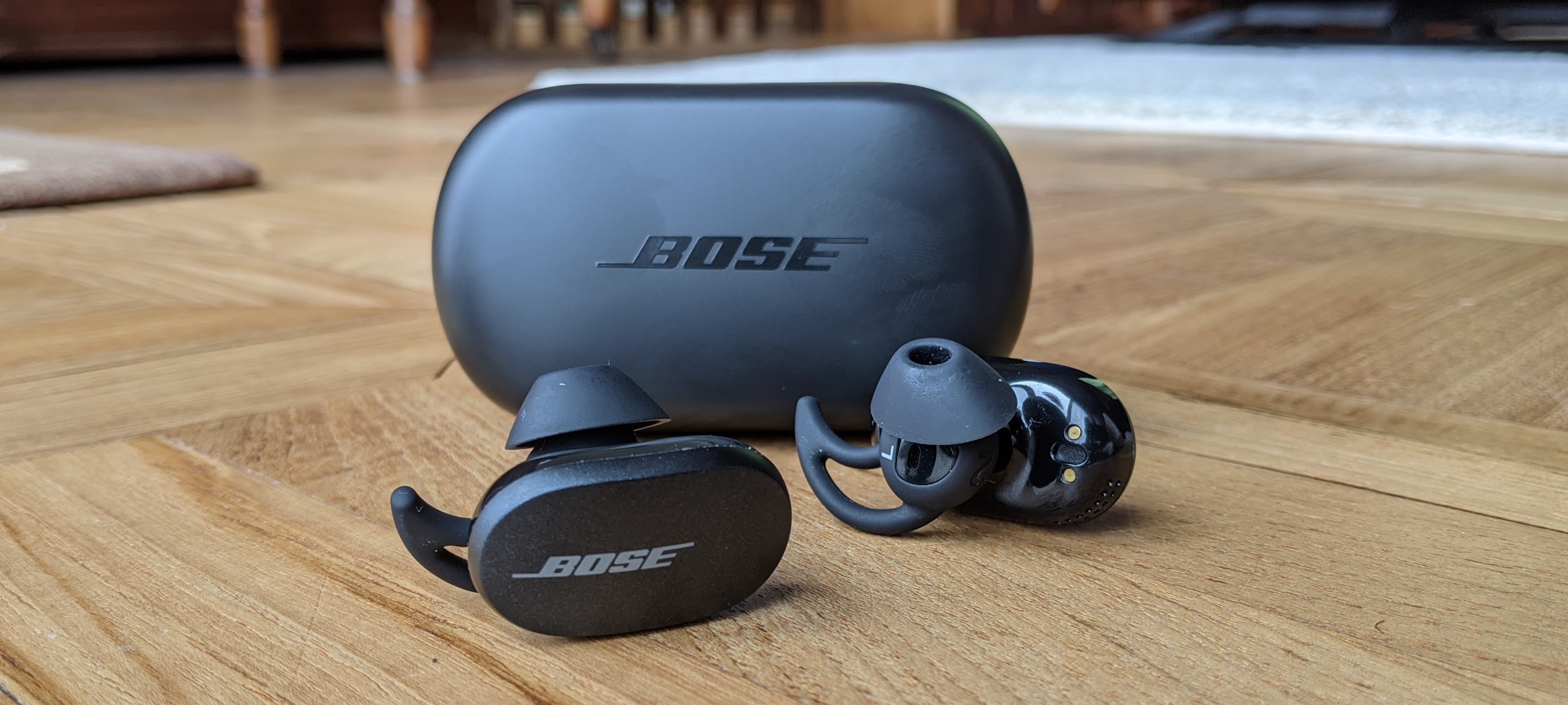
Bose did the unexpected, which was take the excellent active noise cancellation of the Bose 700 and carry it over onto the all-new QuietComfort Earbuds. Nothing short of an engineering feat, this model blocks out a vast amount of ambient sound and does so with half the mics of its over-the-ear brethren. This same mic array is what allows for fantastic call quality and digital assistant use across all platforms as well. Even more impressive is how the buds manage to blend both ANC and Transparency modes, allowing you to hear ambient sounds more clearly for improved awareness. Bose’s Active EQ technology and proprietary drivers also give these buds a sound curve similar to the 700, resulting in warm, relatively balanced audio.
Our one gripe about the QuietComfort Earbuds is battery life, which could be longer. The massive charging case doesn’t hold as much portable power either in comparison to other models, plus it’s huge and cumbersome to carry around.
Read our full Bose QuietComfort Earbuds review.
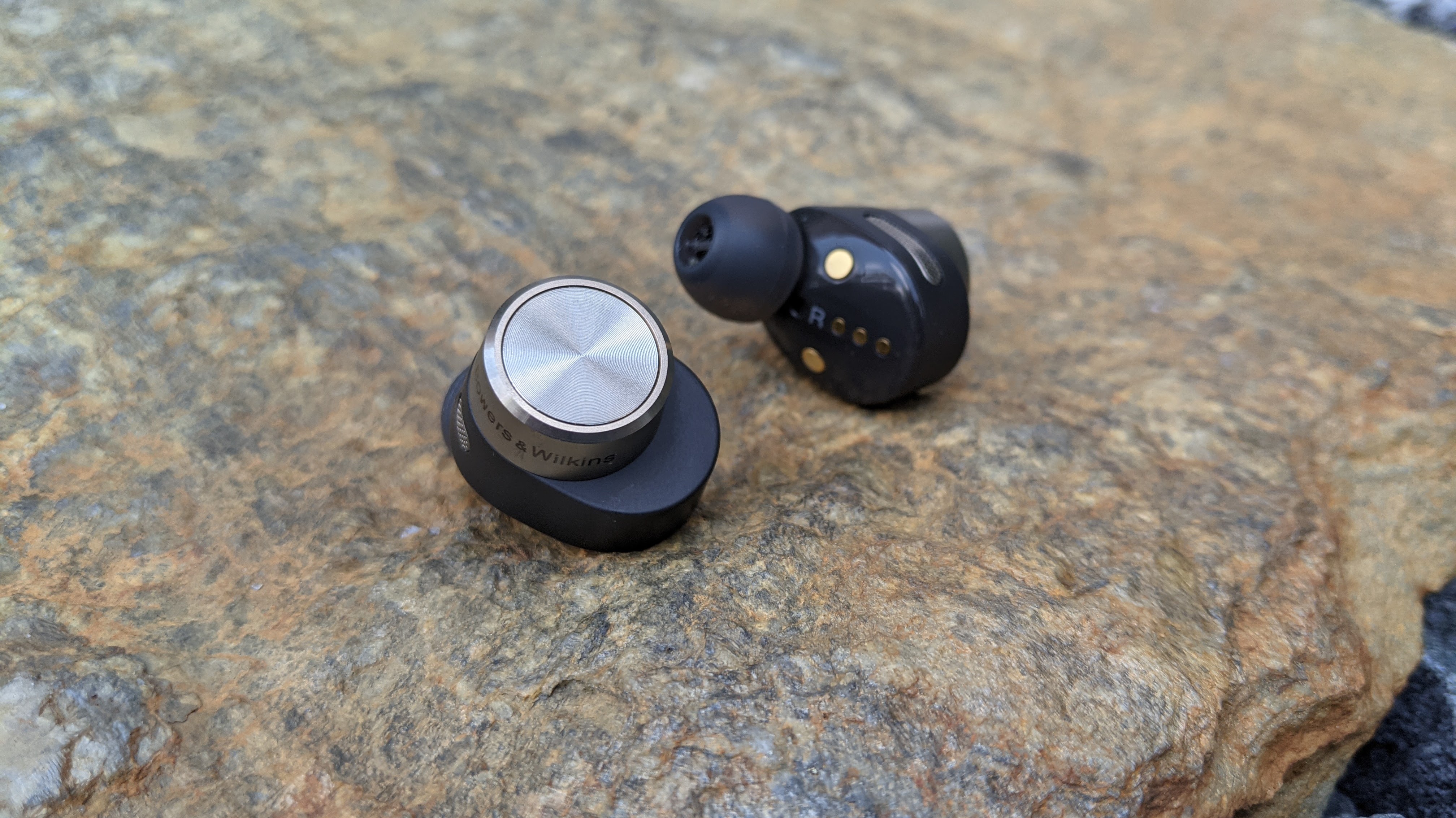
We already know what you’re thinking: isn’t $400 a bit expensive for wireless earbuds? Answer: Yes. However, that shouldn’t stop anyone with the funds from owning these stunners. B&W spared no expense to give its flagship buds the best audio representation, from Dual Hybrid Drive units with individual amplifiers to aptX Adaptive codec support. What you get is best-in-class sound that is even better when streaming music on hi-res platforms like Qobuz and Tidal. However, it’s the charging case that steals the show, doubling as a wireless adapter that can plug into any audio jack and retransmit audio to the buds. Oh yea, noise cancellation is only second to the QuietComfort Earbuds too.
There are some common features missing (sleep mode, Find My Buds), plus the steep price point should grant you more functionality like multipoint technology or even an EQ. Then again, no one said excellent sound and noise cancellation that is only second to the QuietComfort Earbuds would come cheap.
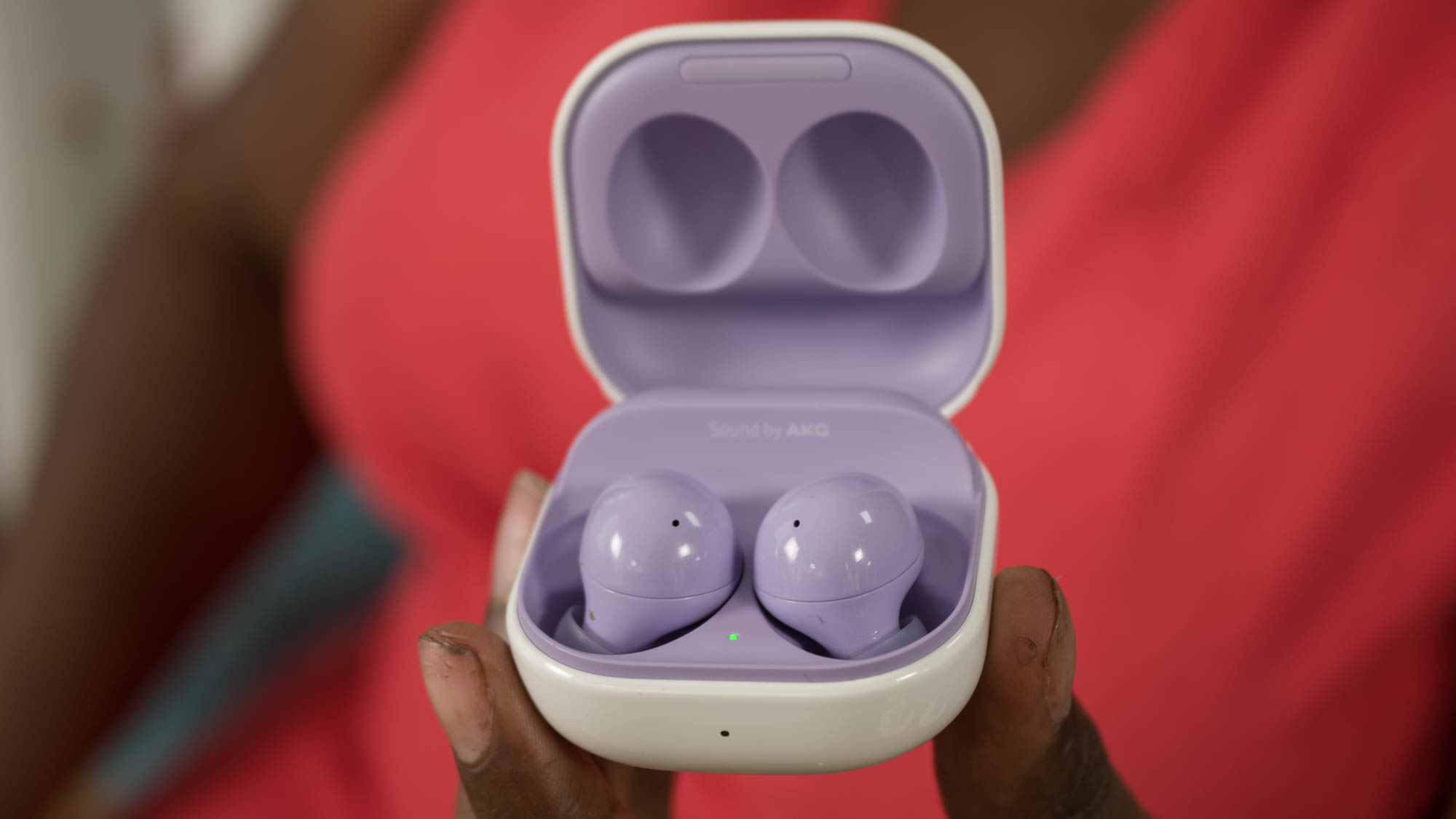
Samsung showed out when launching its first-ever wireless ANC earbuds, the Galaxy Buds Pro, and the company has taken the series up another notch with the Galaxy Buds 2. Smaller and more affordable, while retaining much of the series’ sonic prowess, this sequel delivers superb sound and active noise cancellation that rivals most luxury models. Interconnectivity with Samsung Galaxy smartphones is arguably the Galaxy Buds 2’s strongest selling point, granting access to several exclusive features. These include a low-latency gaming mode, Easy Pairing Mode, Galaxy Watch control access, and wireless PowerShare to power up the buds by placing the charging case on the back of a compatible Galaxy smartphone.
Battery life hasn’t changed at all with a full charge generating 5 hours of ANC playback, which is disappointing. IPX2 water resistance is also a vast downgrade from the Galaxy Buds Pro’s IPX7 certification.
Read our full Samsung Galaxy Buds 2 review.
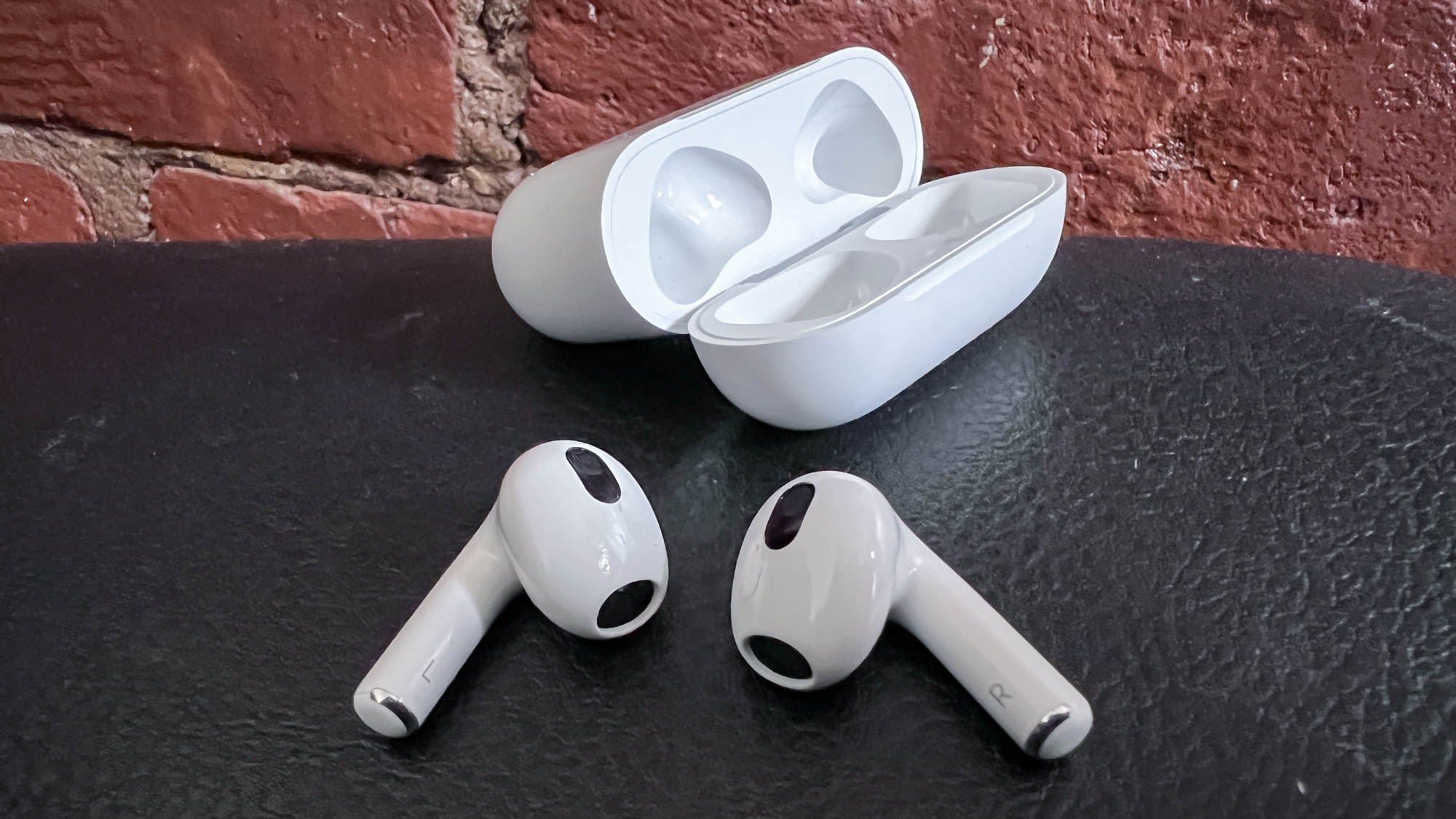
Apple knew they had to come correct with the AirPods 3 and give it most of the same features found on the AirPods Pro. Well, they did just that, and even introduced new features to give this third-gen version more appeal. Adaptive EQ and Spatial Audio come part of the package, resulting in a more detailed soundstage, along with immersive, 3D-like audio output. Skin-detection sensors provide accurate auto-pause/play operation, plus the Force Sensor controls and “Hey Siri” voice integration work flawlessly. Furthermore, Apple increased battery life on the AirPods 3, extending it to 6 hours on a single charge and 30 hours in total via MagSafe charging case.
The new ergonomic design does provide a better fit, but no ear tips mean the buds have a higher risk of falling out, which they’ll do often when moving fast on foot. No ANC or ambient listening is disappointing as well. Nonetheless, if you value sound quality and functionality, and want similar performance to the AirPods Pro minus some exclusive features, you’ll find it in this less expensive alternative.
See our full Apple AirPods 3 review.
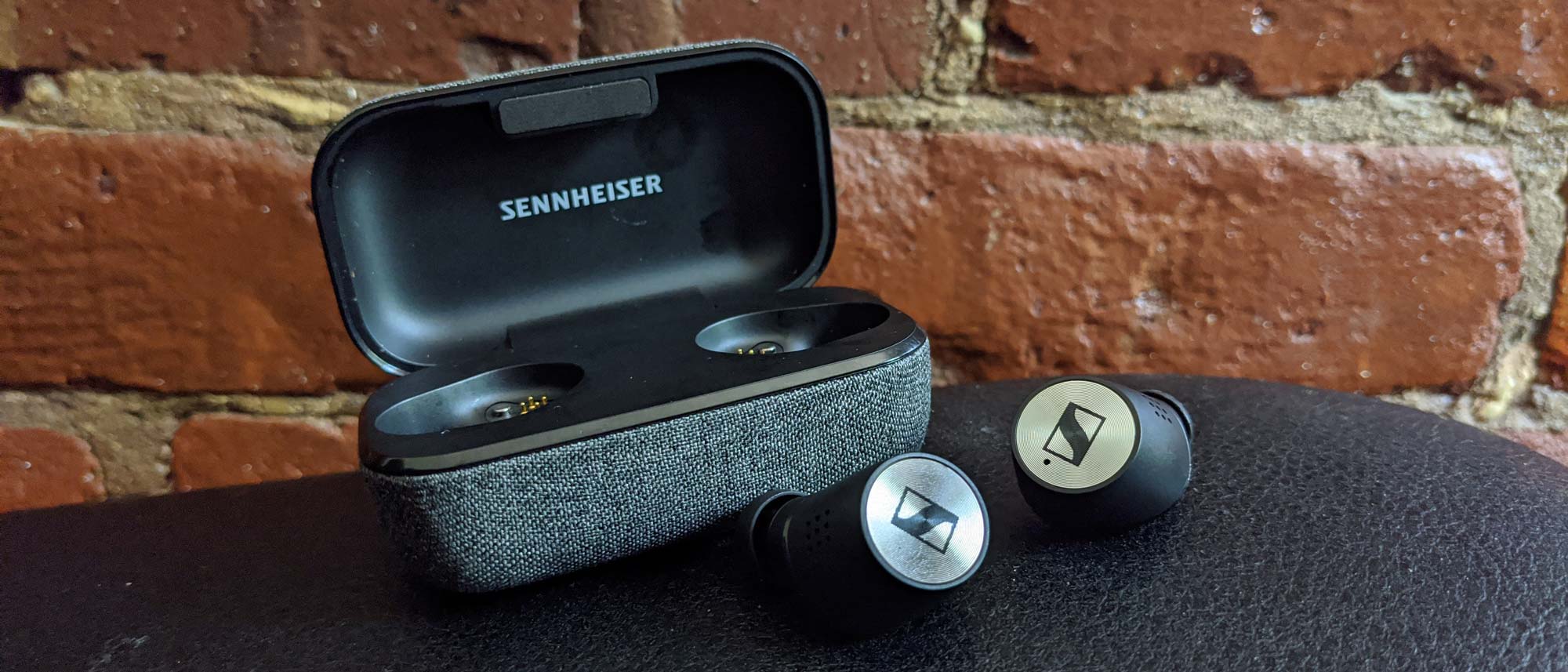
The Momentum True Wireless 2 is a notable inclusion for many reasons. One, you’re getting Sennheiser sound in the smallest design possible, so you can consume deep bass and natural mids no matter the music genre. ANC is very impressive, minimizing external sounds well enough to keep your ears tuned to whatever media is playing. Improvements were made to connectivity and call quality, allowing for loud, stable, and clear-sounding calls. Lastly, battery life has doubled from its predecessor, with the sleek gray fabric charging case also holding an extra 21 hours.
If you’ve followed the company’s track record, then you know that Sennheiser products usually come at a premium, and in this case, it’s $300. That is a bit steep when considering the ANC performance of the QuietComfort Earbuds ($279), as well as the overall performance of the AirPods Pro ($250), which are both expensive, but still cheaper than the Momentum True Wireless 2.
See our full Sennheiser Momentum True Wireless 2 review.
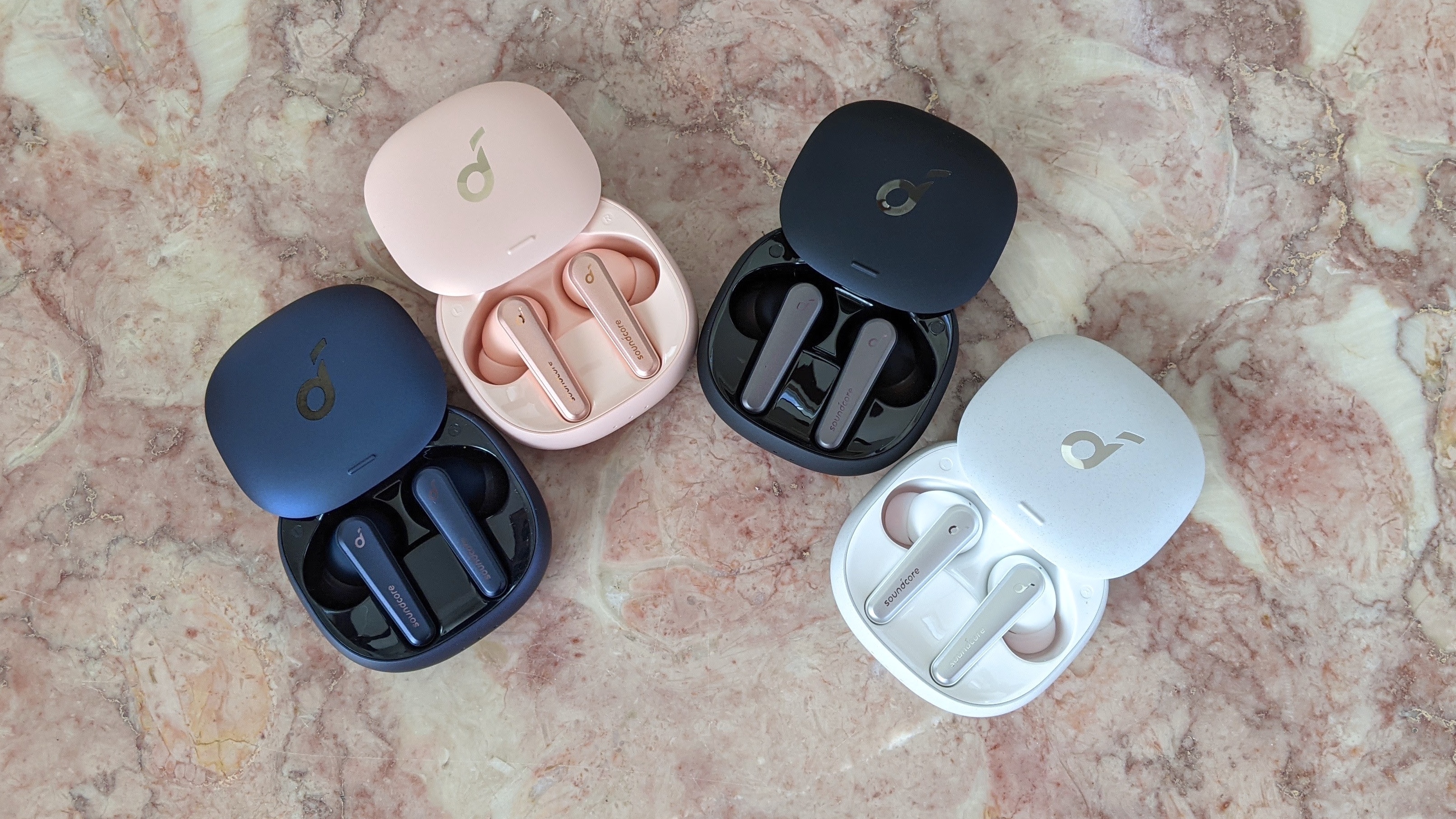
Anker was destined to release noise-cancelling wireless earbuds at some point, but we didn’t see the company hitting a home run on their first at-bat. The Liberty Air 2 Pro is an amazing upgrade to what was already a solid-performing (and affordable) model, the Liberty Air 2. This time around, Anker fine-tuned its sound profile, employing PureNote Driver technology to achieve rich, punchy audio that lends itself well to many music genres. You still have access to a plethora of presets and a custom EQ via Soundcore app, along with some cool new features like the LÜM music service and Tip Fit Test for optimal fit. Four ANC modes are available as well, each one engineered to deal with ambient noise in different environments. Most importantly, these modes work well compared to the noise cancellation several other competitors offer in the same price class.
However, Anker does continue to struggle with one key area: controls. Not only are the touch panels on the Liberty Air Pro 2 limited to two-tap and hold gestures, but there is also latency with input and on-ear detection.
Read our full Anker Soundcore Liberty Air 2 Pro review.
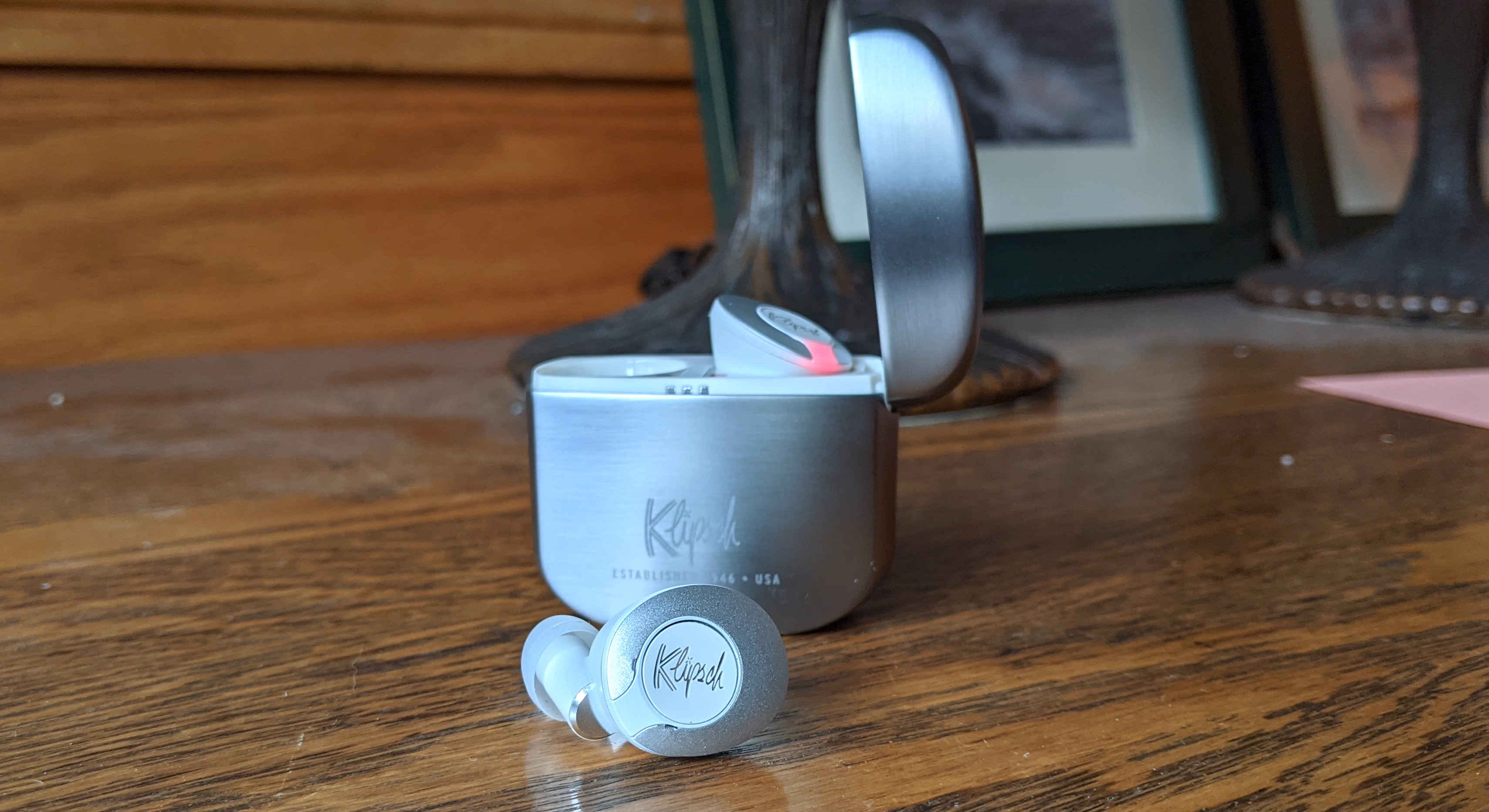
They say looks can only get you so far, but in the case of the Klipsch T5 II, it’s just one of many hallmarks that make these wireless earbuds an underrated gem. Klipsch’s audio is exceptional, giving you the perfect blend of bright and warm sound. You can tweak the soundstage via mobile app, though the default is perfect as is. A full charge gets you about 7.5 hours more or less, which is highly sufficient. Then there is the star of the show, the Zippo lighter-inspired charging case, a durable aluminum block that beautifully displays and stores the buds and holds an additional 24 hours of playtime.
While it’s easy to get caught up in the nostalgic beauty that is the T5 II, you’re quickly reminded of the model’s limited feature set, which could have benefited from more modern functionality. This includes active noise cancellation, wireless charging, and, yes, a Find My Buds mode.
Read our full Klipsch T5 II review.
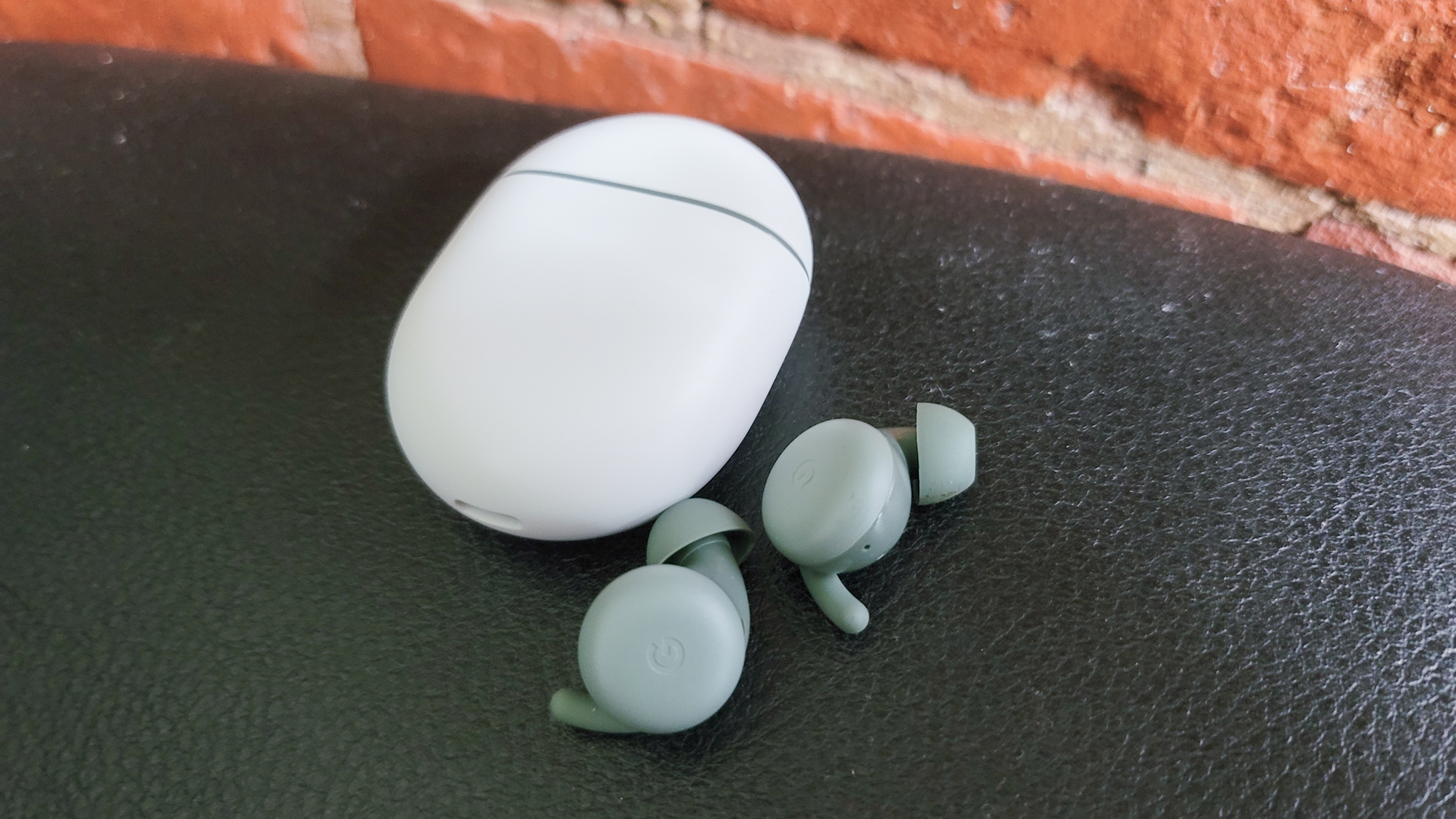
You just dropped a few racks on the Google Pixel 6 and need wireless earbuds to complement this fancy new Android device. What should you pick up now? Answer: The Pixel Buds A-Series. Not only do these buds have seamless integration with numerous Google services (e.g., Assistant, Notifications, Translate), but you get features like Adaptive Sound and Bass Boost that enhance sound quality. The setup process is instantaneous, especially with Google Pixel smartphones via one-touch Fast Pair. We also find the oval earbud and pebble-inspired charging case designs to be attractive.
Keep in mind that these aren’t high-end wireless earbuds. Therefore, popular features like active noise cancellation and ambient listening won’t show up on the spec sheet. Still, the Pixel Buds A-Series gets you plenty of performance for under $100.
Read our full Google Pixel Buds A-Series review.
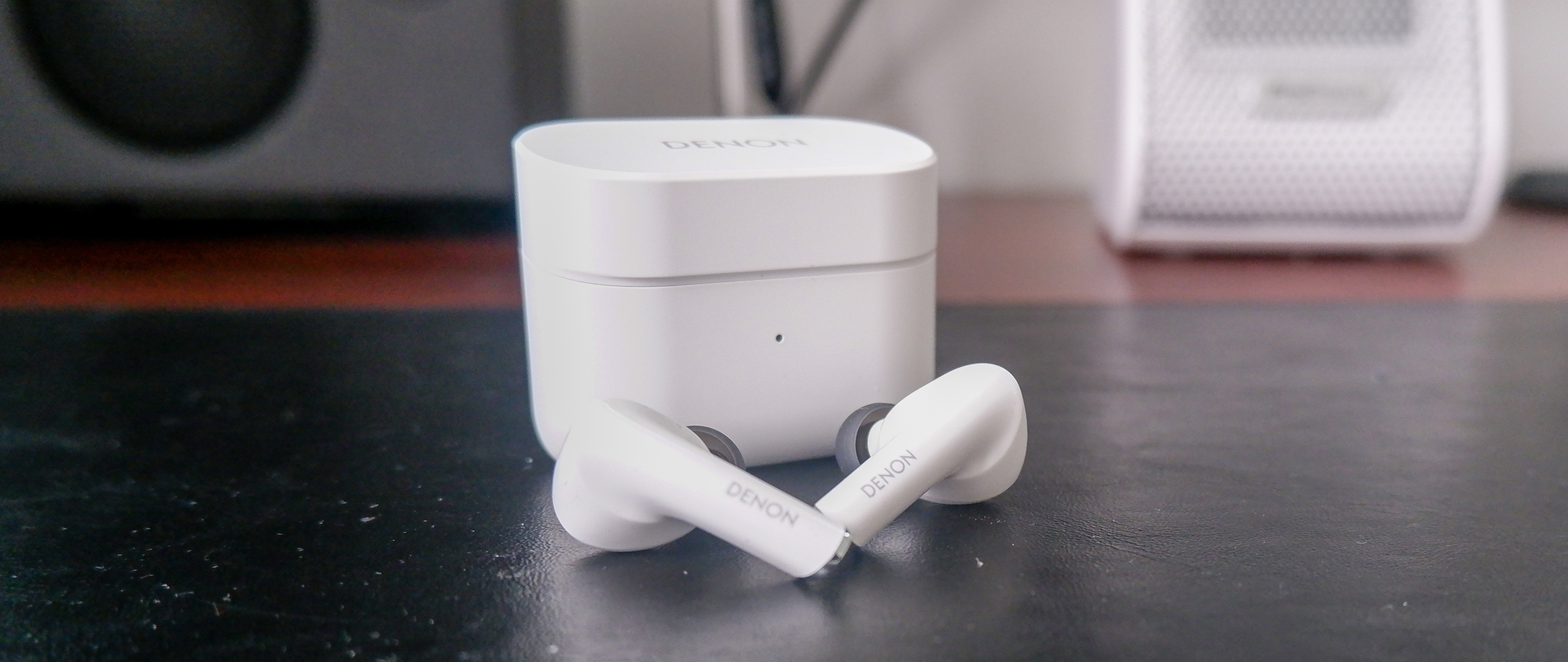
For a mid-ranger, the Denon AH-C830NCW surpasses expectations and elevates itself to top-tier status by way of excellent overall performance. Sound is fuller and more detailed than the AirPods Pro, thanks to the company’s Sound Master Tuning. An isolating fit and two-mic array help cancel out ambient noise at a high level. Transparency Mode is also effective for increasing environmental awareness. Moving onto battery life, 6 hours of ANC playtime is sufficient for half-a-weeks’ worth of commuting before recharging. The AH-C830NCW even holds its own as a calling headset, producing loud and clear vocals walking next to rush hour traffic.
Not having a companion app or extra features (e.g., customizable EQ, multipoint technology, wireless charging) stings. At the same time, very few sub-$150 models can match the AH-C830NCW’s audio performance.
Read our full Denon AH-C830NCW review.
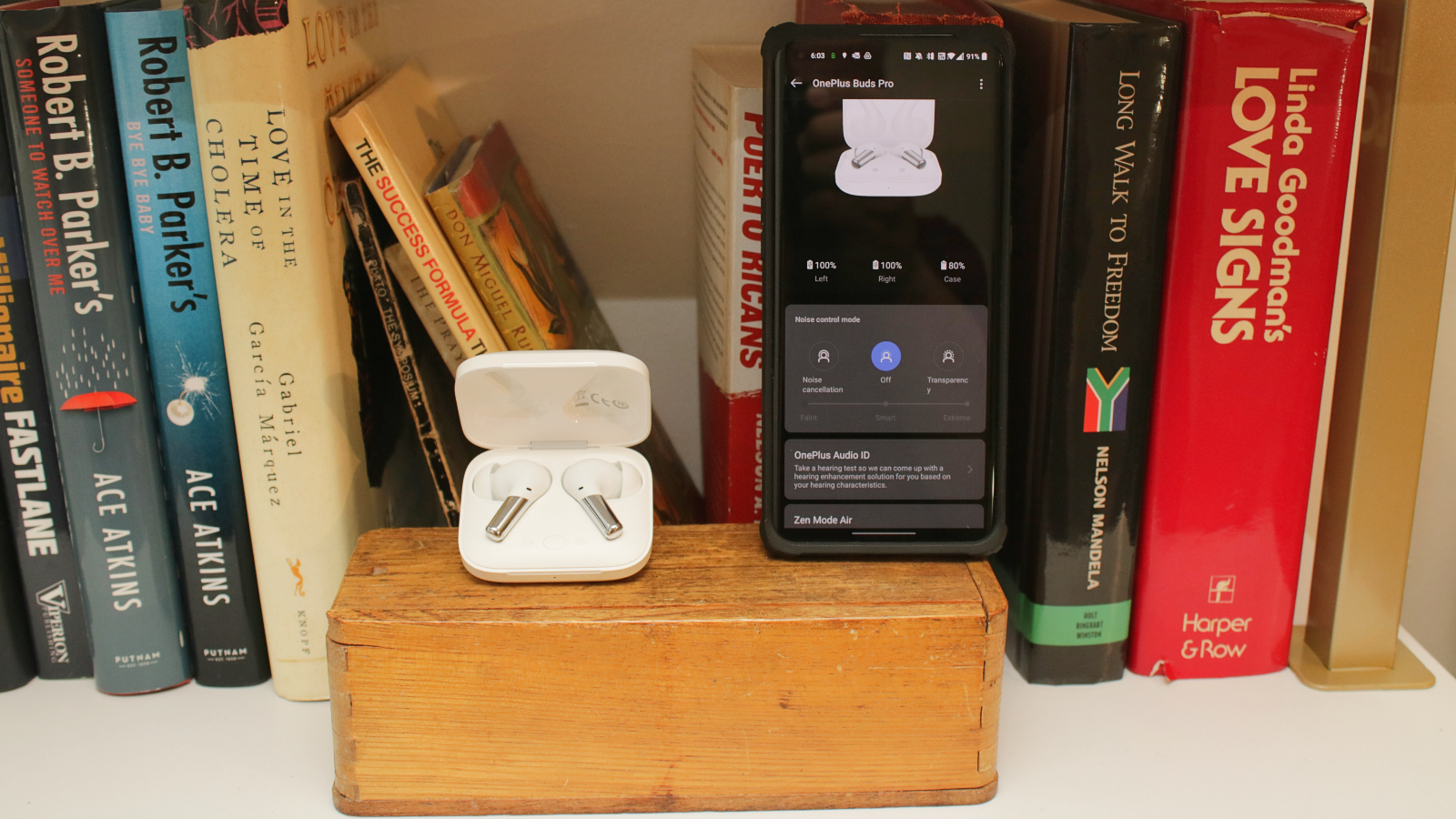
The OnePlus Buds Pro was easily the most impressive true wireless release of 2021, combining stellar sound and noise cancellation into a relatively affordable and sleek package. Solid mid-range and pounding bass come out of the 11mm drivers, while three-level ANC gives the user full control over ambient blockage. Smart mode can adjust the ANC levels to your current environment and setting the buds to Extreme mode neutralizes incidental sounds better than the AirPods Pro. ANC playtime isn’t the highest at just 5 hours, but Warp Charging technology comes to the rescue by generating 10 hours of use (earbuds and charging case) in just 10 minutes.
Android users get to bask in most of the Buds Pro’s features, but not all; Fnatic Mode/Pro Gaming Mode and Fast Pair remain exclusive to OnePlus smartphone owners.
Read our full OnePlus Buds Pro review.
How to choose the best wireless earbuds for you
Battery life is most crucial when searching for the best wireless earbuds. Most models offer 4 to 8 hours on a single charge. Make sure the buds come bundled with a charging case too, so to keep them charged and stowed away during commutes. Charging cases can provide multiple charges and hold anywhere between 12 to 40+ hours of additional playtime.
Design is just as important. Ideally, you want a pair of buds that offer personalized fit and comfort, along with multiple ear tips to accommodate different ear shapes. Durability and water-resistant protection shouldn’t be overlooked either.
Next up is audio, which applies to all media formats (e.g. music, videos, games) and phone calls. Explore models with powerful drivers and customization settings that allow you to tweak sound profiles to your liking.
Let’s not forget wireless functionality. Many wireless earbuds come programmed with Bluetooth 5.0, which gives users faster connectivity, increased range (est. 120 meters max), longer battery life, and multipoint pairing to connect to two audio sources simultaneously. Digital assistant support (Siri, Google, and Alexa) falls under this section as well.
We’re seeing more wireless earbuds boast advanced features like an adaptive EQ and active noise cancellation. These are features well worth spending on extra on, if engineered properly, and will be more common as the category evolves.
How we test the best wireless earbuds
When testing for the best wireless earbuds, Laptop Magazine evaluates several factors: design, comfort, sound, and value just to name a few. Our reviewers also compare these models to similar products in the category in terms of features, fit, and pricing.
Wireless earbuds are worn over the course of a week for 2 to 3 hours at a time. During this period, we assess comfort, ease of use, and audio quality. We listen to several sample tracks across a number of music genres, including hip-hop, rock, jazz, and classical, while analyzing clarity, depth, and volume. Audiobooks, games, podcasts, and videos are also taken into consideration.
Our reviewers also test battery life, Bluetooth range, digital assistant support, ease of setup, and any app-enabled features compatible with laptops, desktops, and all portable devices like smartphones and tablets.
Furthermore, we test streaming music services that offer hi-res audio. To learn more about how these services can improve the sound quality on your laptops and mobile devices, here is an expert audio codec FAQ on everything you should know about FLAC files, MP3s and all other audio file codecs.
Once our testing is completed, every model is rated based on our five-point system (1 = worst, 5 = best). Any product that is truly exemplary is awarded an Editor’s Choice.

